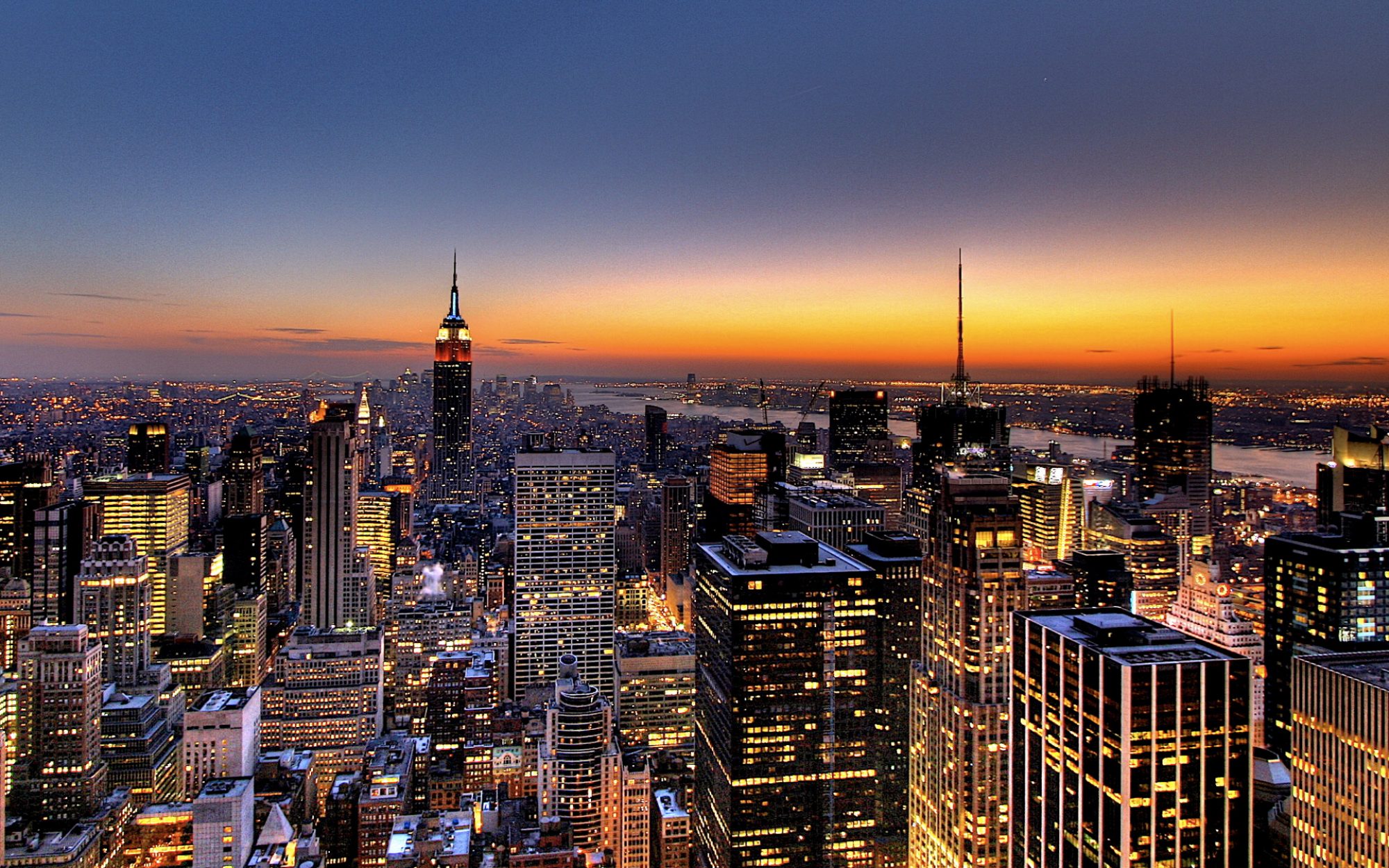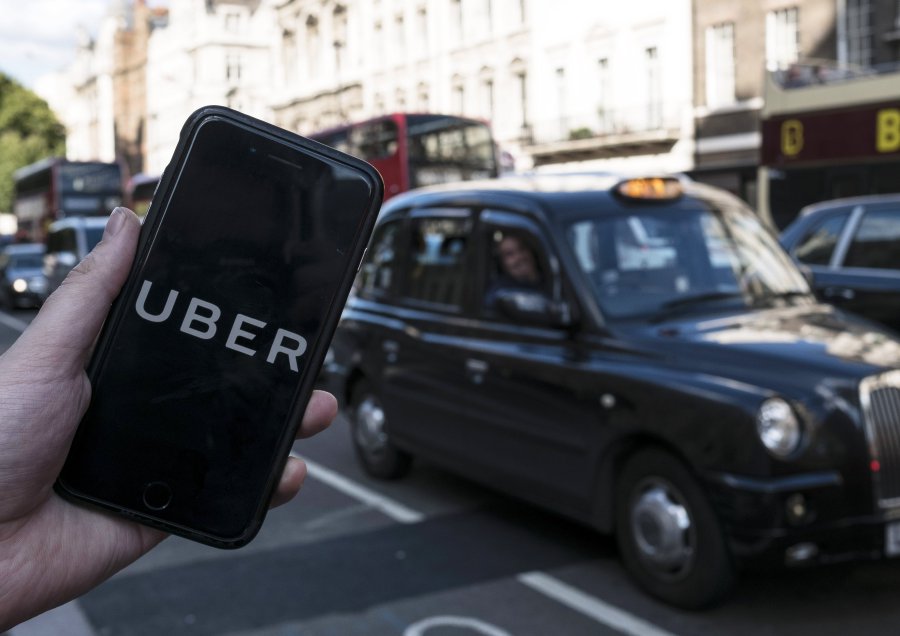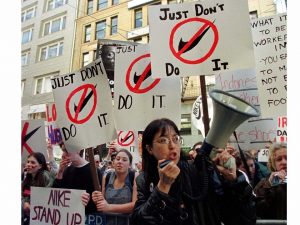During the holiday season, one would think that there would be a huge upsurge in sales for all retailers and department stores with families scrambling to find the perfect gifts for their loved ones. Last year itself, on an average, a shopper spent $900 on just holiday gifts with parents spending around $400 on one child.
However this year, Americans might not be inclined to spend as much according to a report by creditcard.com. New surveys report that only 53% of customers will spend more than $50 on a gift and 12% are not buying gifts at all during this holiday season. Even higher income groups with annual incomes of $80,000 and over are planning on spending $100 or less on their most expensive gift. With such shocking statistics of a massive decrease in expenditure, it is not surprising that department stores have been so strongly impacted by consumers decisions to keep their holiday season spending under check this year.
With Macy’s sales falling and Kohl’s profits declining at a steady rate, department stores are beginning to question if this holiday season will actually help them to increase their profitability. Even higher end department stores like Nordstrom, saw a slump in their sales ahead of the holiday season which led to their share prices to fall by almost 7.6% to $37.
https://www.thestar.com/business/2017/11/10/nordstrom-sees-sales-slump-ahead-of-holiday-season.html
This leads us to question why are consumers so elastic in their decision to buy from department stores ahead of the holidays. The key reason is primarily due to consumer’s convenience and ease. It is no surprise that shopper’s prefer ordering online than going through the hassle of visiting an actual store and picking something for their loved ones. Moreover with a large proportion of sales generated from the clothing department of these stores, competition is becoming increasingly rigorous due to the expansion of unique clothing lines in Amazon, TJ Maxx and other online stores hindering the sales generated from stores like Macy’s, Kohl’s, and Nordstrom.
But what is causing Americans to so drastically decrease their spending specially during a time of festivities? It is no secret that thousands of Americans live paycheck to paycheck with barely any savings. With 57% of American adults having savings of less than $1000 and 39% having absolutely no savings, it’s no surprise that they can’t afford to shell out big bucks ahead of the holiday season. So it could be that Americans are finally coming to terms with their limited budgets and realizing the importance of savings rather than living so precariously, while also consciously making an effort to not enter the New Year with a huge amount of debt.
Citations
- Backman), N. (. (2017, November 11). Looks Like Americans Won’t Be Big Spenders This Holiday Season. Retrieved November 11, 2017, from http://host.madison.com/business/investment/markets-and-stocks/looks-like-americans-won-t-be-big-spenders-this-holiday/article_a9c69023-7f34-5fa8-9e5a-4d20d58944ed.html
- Press, T. A. (2017, November 09). Department stores: Macy’s sales fall, Kohl’s profit drops. Retrieved November 10, 2017, from https://wtop.com/business-finance/2017/11/macys-beats-3q-profit-forecasts-2/
- Rupp, L. (2017, November 10). Nordstrom sees sales slump ahead of holiday season. Retrieved November 11, 2017, from https://www.thestar.com/business/2017/11/10/nordstrom-sees-sales-slump-ahead-of-holiday-season.html
- https://www.creditcards.com/credit-card-news/expensive-holiday-gift-poll.php









